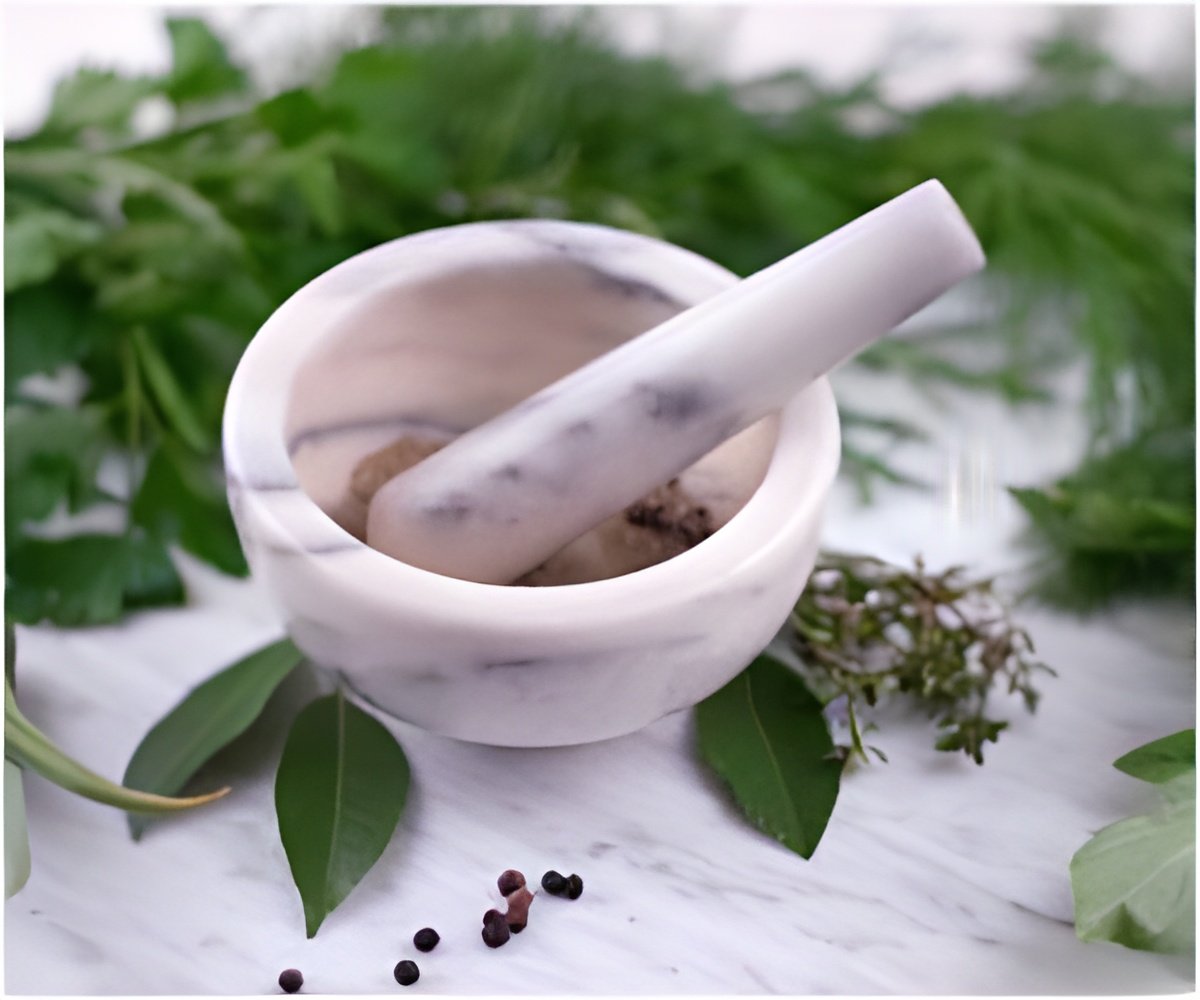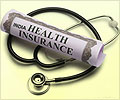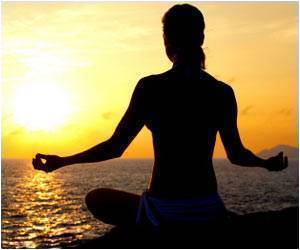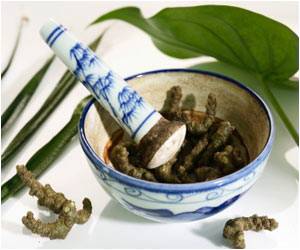Use of complementary and alternative medicine (CAM) therapies experienced a high growth in the United States.

The use of CAM rose across all these populations between 2002 and 2007, but at different rates. The increase was highest among whites and Asian Americans, at 18.1 percent and 17.2 percent, respectively. Use among African-Americans increased only 6.6 percent. Use among Hispanics increased only 1.01 percent.
"So far, we know little about how the difference in CAM use has influenced racial and ethnic disparities in health and mortality," Su said. "Research is urgently needed to understand the effectiveness, side effects and interactions of CAM therapies with conventional medicine."
Richard Nahin, Ph.D., senior advisor for Scientific Coordination and Outreach at the National Center for Complementary and Alternative Medicine (NCCAM), says that this study provides clarity to some differences in the use of CAM by various populations. However, he said, the authors neglected to mention one, perhaps crucial, explanation for these differences.
"There is, in fact, some evidence to suggest that the 2007 NHIS underestimated CAM use among Hispanics and non-Hispanic blacks," Nahin said. "For instance, some CAM products for which minority groups report substantial use in small local or regional surveys were not included in the 2002 or 2007 NHIS."
Nahin, whose research on CAM contributed to the 2007 NHIS, said, "Understanding this possibility, NCCAM is redesigning the CAM supplement to the 2012 NHIS. They hope to better capture the use of various unconventional therapies more likely to be used by minority groups."
Source-Newswise








